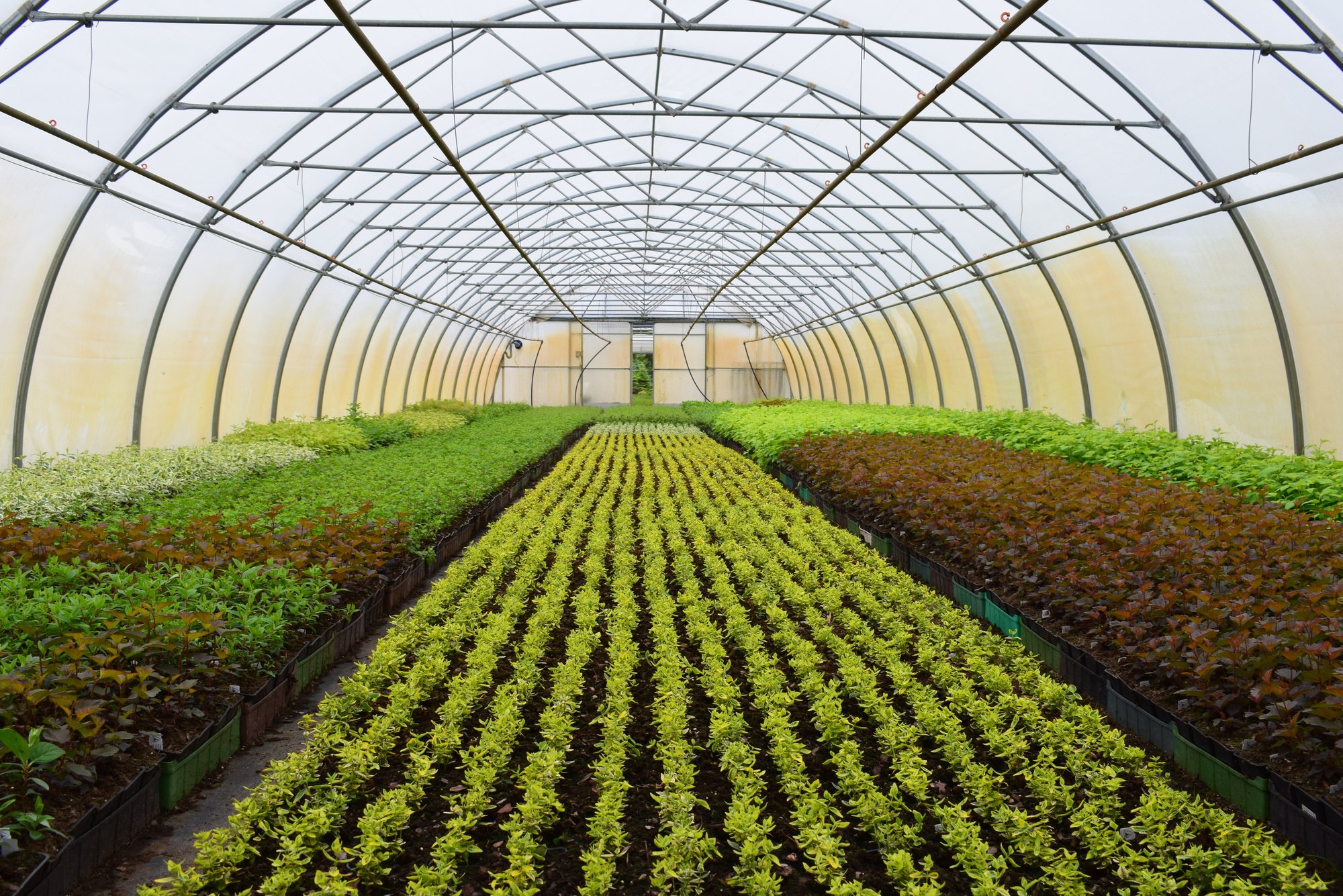4 Smart Ways to Increase Greenhouse Production
/A greenhouse is a structure that allows you to create an ideal climate for your chosen plants or crops. By having full control of the temperature and humidity, you can successfully grow them even during harsh weather conditions. In fact, greenhouses are capable of producing 15 times more yield per care in comparison to crops and plants grown in natural environments.
That said, the following methods can help you increase your greenhouse yield.
Shield Your Greenhouse and Use a Dehumidifier
The cold slows down the metabolic processes of plants. That means they grow slower and bear fewer fruits, affecting yield quantity and quality. So, it’s a must to close the windows and vents of your greenhouse when temperatures are low. Furthermore, you can scan the whole structure and look for air leaks so you can fix them immediately.
Moreover, humidity is higher inside the greenhouse when it's cold outside, as there’s less water vapor in such conditions. This can lead to the development of various plant diseases such as gray mold, powdery mildew, and Alternaria leaf spot. In addition, tomatoes become prone to cracking and splitting as the fruits tend to grow faster than their skin.
Greenhouse growers can keep the heat inside and control humidity using a dehumidifier. It helps optimize the air's moisture content, keeping the plants in an ideal climate to thrive and helping increase yield. You can watch a great video guide on greenhouse grows to find more ways to keep your plants healthy.
Use the Appropriate Grow Lights
Sunlight is a requirement for growing plants, but when the temperature is too high, it can inhibit the flowering stage. That's also why different lighting solutions are used to grow plants in greenhouses.
One of them is a high-pressure sodium light, which growers use as a supplemental source of light to maintain blooming and fruiting plants. HPS lights are often used in temperature-controlled grow rooms because of their red light, which ensures maximum flower production. The heat they give off can also mimic a warm climate for plants that thrive in warm environments. Greenhouses must have a good ventilation system when using HPS lights.
On the one hand, light-emitting diode grow lights can help create the ideal climate for crops like tomatoes and cucumbers. They can mimic natural light best and facilitate photosynthesis at the right temperature.
Furthermore, LED lights can provide targeted wavelengths of light to plants, enabling them to absorb more chlorophyll when exposed to red and blue lights. They’re also an eco-friendly lighting option as they use less heat and energy, resulting in lower energy bills.
Utilize CO2 Capture Technology
Invented in New Zealand, carbon dioxide capture technology in an eco-friendly way to extract clean CO2 from waste wood. It can increase crop yields in commercial greenhouses where they can implement it on-site.
Carbon dioxide is utilized by plants, taking it from the atmosphere during photosynthesis. Plants use a fraction of it for growth and the rest for respiration to get energy by breaking down sugars. Plants need CO2 to increase yield.
The tech uses wood chips to keep the plants warm in the evening and produce carbon dioxide at night. Limestone pellets absorb carbon dioxide and release other components. When the air interacts with the pellets, CO2 is then released.
Cleaner, high-quality CO2 creates better plants and increases the speed and yield (by 10%) when applied correctly.
Implement Hydroponics
Hydroponics is another farming technique that you can try in your greenhouse. It’s mainly known as a method of growing plants in water. But some companies, including commercial produce growers that leverage the benefits of both greenhouse farming and hydroponics, believe it can also increase crop yield in substrates that don't come with their own nutrients, such as rock wool and coconut coir.
You can set up a hydroponic system in your greenhouse. You can implement the wick method, which is beginner-friendly. This would require the following materials:
A container (a plastic bucket, for example) with holes at the bottom
A substrate (wool, sand, or rocks)
Nutrient solution
A water reservoir (for holding water)
A wick you can connect from the reservoir to the container
You don’t need a lot of water for this system, so there’s no need to refill the reservoir often.
Takeaway
Some smart ways to increase greenhouse production include controlling humidity, using grow lights, utilizing CO2 capture technology, and implementing hydroponics. They work on different types of plants and may even help you save on costs. Whether managing a small greenhouse or a large commercial one, you can apply any of these ways to maintain high yields.

























